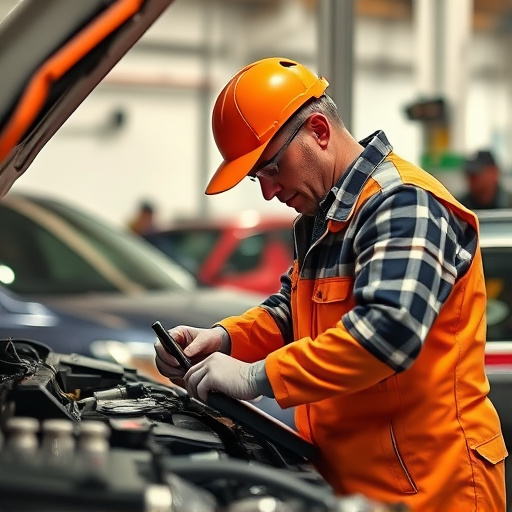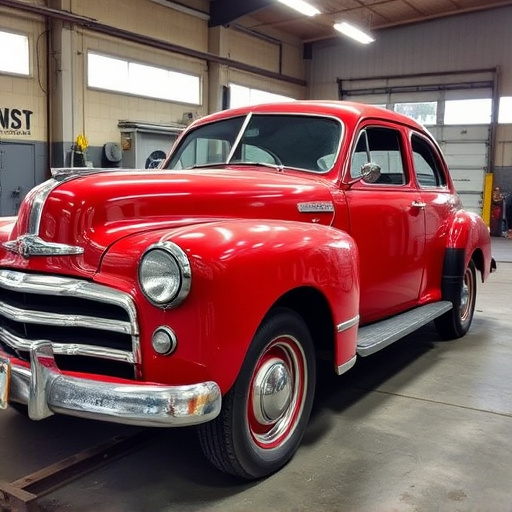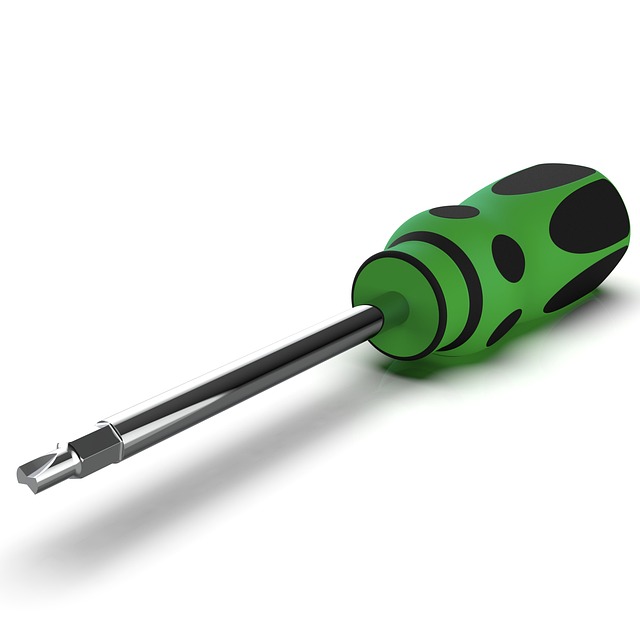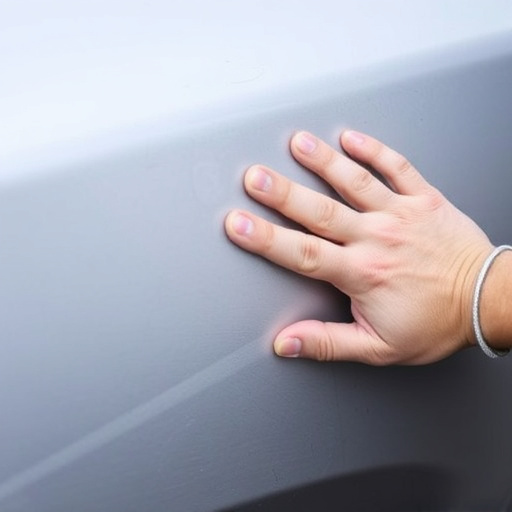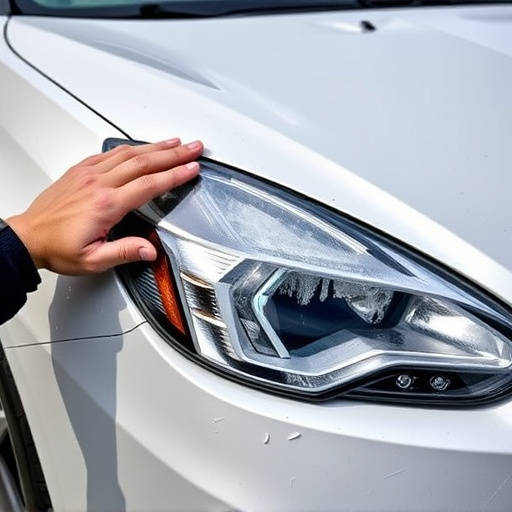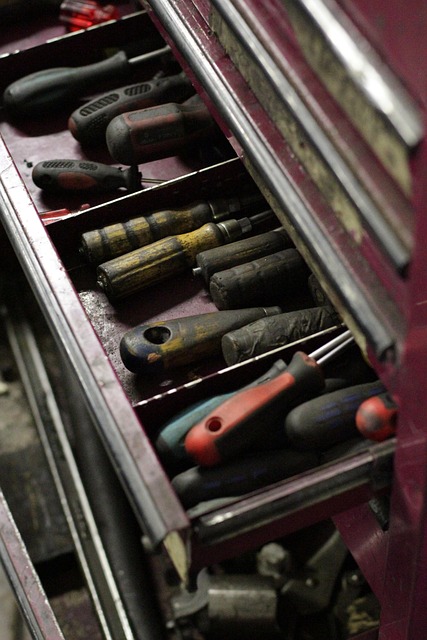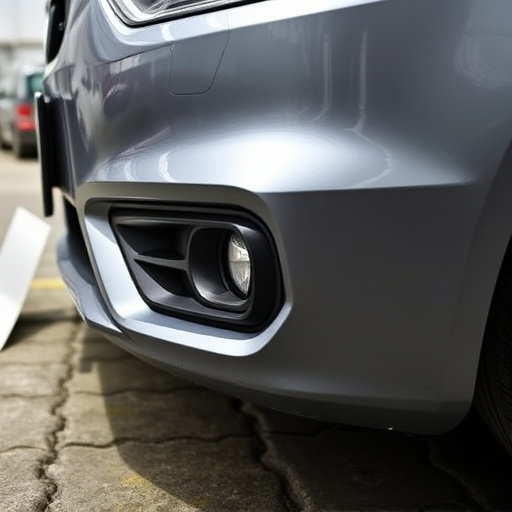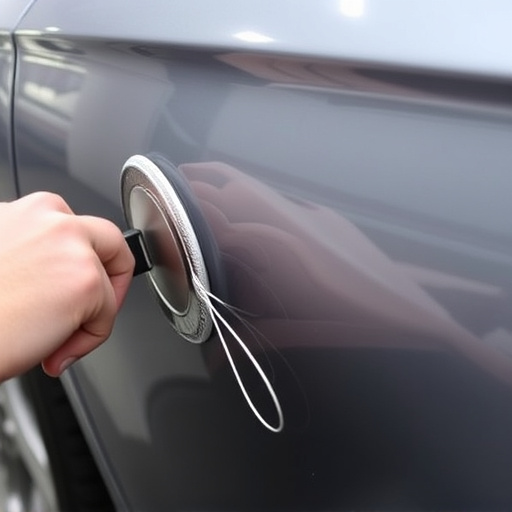Technician safety equipment, particularly footwear, is a vital yet often missed component in auto industry worker protection. Specialized gear tailored to tasks like heavy lifting or precision work is crucial, with features like robust toe caps, excellent traction, and puncture resistance. Proper fit, regular cleaning, and environment-specific selection enhance comfort, productivity, and adherence to safety standards.
In the realm of technician safety equipment, foot protection is a crucial yet often overlooked aspect. Understanding the unique needs of technicians involves considering diverse work environments and tasks. This article delves into three key areas: identifying specific foot protection requirements, exploring essential components of technical footwear, and providing best practices for selection and wear. By adhering to these guidelines, professionals can enhance their safety and efficiency in today’s demanding work settings.
- Understanding Foot Protection Needs in Technician Safety Equipment
- Key Components of Footwear for Technicians' Safety
- Best Practices for Choosing and Wearing Foot Protection Gear
Understanding Foot Protection Needs in Technician Safety Equipment
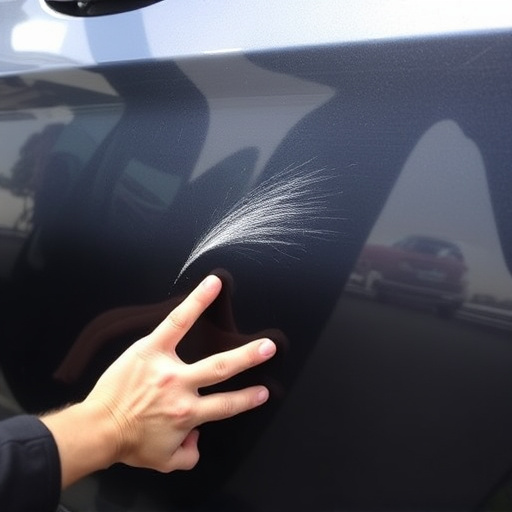
In the realm of technician safety equipment, foot protection is a critical yet often overlooked component. Technicians in various industries, from auto glass repair to car collision repair and beyond, face unique risks that demand specialized footwear designed for their specific tasks. Understanding these needs is pivotal to enhancing overall safety measures.
Foot protection gear varies based on the nature of work involved in auto maintenance. For instance, technicians working on vehicle assembly lines or engaging in heavy lifting require sturdy boots with excellent ankle support to shield against falls and debris. Conversely, those specializing in intricate tasks like precision cutting or welding may necessitate footwear with protective plates to ward off hot sparks or sharp objects. The diversity of auto-related jobs underscores the importance of tailoring foot protection to meet the precise needs of each technician safety equipment role.
Key Components of Footwear for Technicians' Safety

When it comes to technician safety equipment, footwear plays a pivotal role in protecting against various hazards encountered on the job. Key components of a technician’s safety shoes or boots include robust toe caps that shield against impact and compression, preventing injuries from heavy objects or moving machinery. Additionally, these protective footwear must offer excellent traction to avoid slips and falls, especially in environments with slick surfaces or debris.
Beyond basic protection, modern technician safety equipment incorporates advanced features like puncture-resistant soles, ideal for mitigating risks associated with sharp objects commonly found in settings such as classic car restoration, car collision repair, or car damage repair workshops. Properly fitted footwear also ensures comfort and support during long work hours, enhancing focus and productivity while adhering to safety standards.
Best Practices for Choosing and Wearing Foot Protection Gear
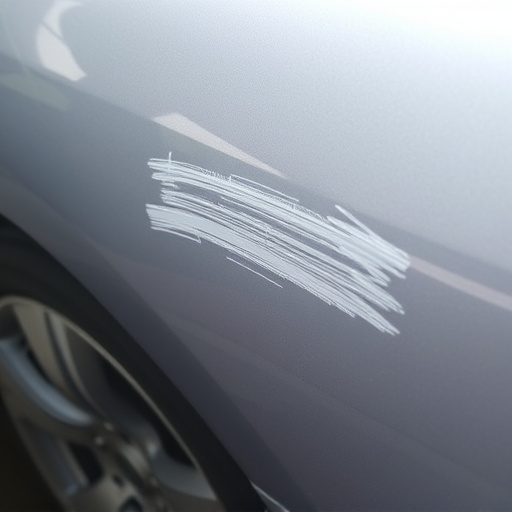
When selecting foot protection gear, technicians should start by understanding their specific work environment and tasks. Different industries and job roles require varied types of footwear to ensure optimal safety and comfort. For instance, in auto body repair or car repair services, heavy objects and sharp debris necessitate sturdy boots with steel toes and insulated soles. Conversely, those working on delicate electronic components in fleet repair services might need lightweight, breathable shoes with anti-static properties to prevent equipment damage.
Best practices for wearing the gear include ensuring a snug yet comfortable fit. Ill-fitting footwear can lead to blisters, discomfort, or even more severe injuries. Regular cleaning and inspection of foot protection gear are also crucial. Oil, grease, and other contaminants can compromise the integrity of protective shoes, so keeping them clean extends their lifespan and maintains their effectiveness as part of technician safety equipment.
Protecting technicians’ feet is an integral part of ensuring their overall safety while on the job. By understanding specific foot protection needs, selecting the right footwear components, and adhering to best practices, technicians can mitigate risks associated with their work. Investing in high-quality foot protection gear is a crucial step towards enhancing technician safety equipment, ultimately fostering a safer and more productive work environment.

